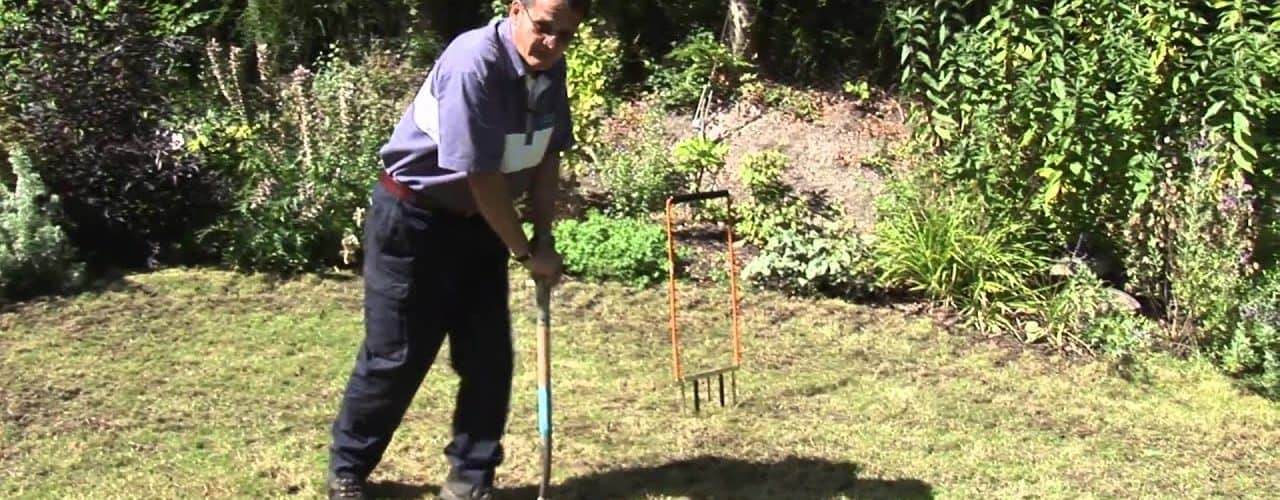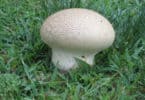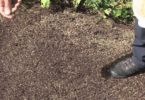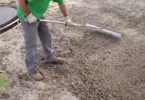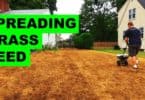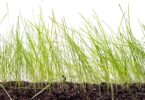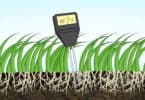Aerating is important for the health of a lawn, and is usually done once a year for maintenance. There are two separate tools that can be used. The first is a power aerator, also called a coring machine. It looks similar to a motorized snow blower with the engine and wheels. The second is a manual aerator that is powered by the gardener’s foot. The manual model will have hollow cylinders or spikes around a wheel. The wheel is pumped by a plate that presses the wheel into the soil, similar in fashion to a shovel. Neither is more or less effective; it is simply a matter of choice. The power aerator is quicker, but that is the only real difference in result.
However, if this is your first time aerating your lawn, there are a few things you will want to consider. Manual aerators are generally best for small lawns. Power aerators work quicker for large areas but are extremely heavy machines. They require two people to transport it if they are rented. After they are moved, they require a substantial amount of physical strength to operate. This is why power aerators are mainly used by hired professionals. A first timer will benefit from using the manual aerator.
Steps to Aerating
Before you begin to aerate your lawn, you need to inspect the area thoroughly. If you have any sprinkler heads, toys, or ornaments, they need to be removed. It is also wise to contact a digger hotline to ensure you will not be harming any shallowly buried cables or power lines. If you do have something in your lawn that cannot be removed, place a flag or other marker that can be easily seen.
Next, analyze the type of soil you have in your lawn. If it is sandy and lightly compacted, you will only need to aerate it with a single pass. Imagine as though you are aerating in the same manner in which you would mow the grass. If the soil is clay, highly compacted, or has not been aerated in more than a year, two passes should be made. When the second pass is performed, do so at a different angle than you did the first pass.
After the lawn has been aerated, it will look rather unsightly. The plugs that are removed from the ground will be strewn across the lawn, but they are of no harm. If you prefer, you can rake them up and remove them. Otherwise, you can simply rake them into the lawn and allow them to dissolve when watered. Just keep in mind that you are aerating the lawn for the sake of its health, not for the immediate beauty.
Now that the lawn has been aerated, this is the best time to fertilize or reseed it. The process has created ideal soil exposure to the grass roots for such tasks as fertilizing or reseeding. Apply whatever product you desire, and add a light covering of soil on top. However, this soil exposure can cause problems. The potential for losing moisture is much higher, especially if the aerating is done mid-summer. Prevent your lawn from becoming dried out by watering the lawn a few extra times during hot conditions, and in the week following the aerating.
Whether you decide to aerate your lawn yourself with a manual aerator or hire a professional to perform the task with a power aerator, it should be done once a year for the health of the long. Aerating the lawn may cause it to appear less than perfect for a short while, but anything that sprouts from that soil will make it worth the hassle.
<>

